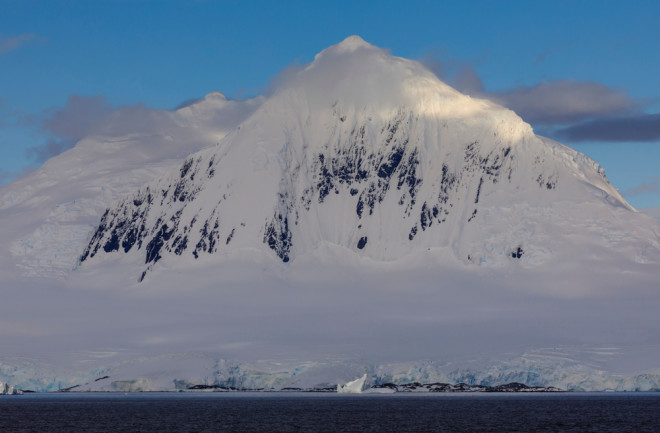For someplace so cold, Antarctica sure is a hotbed of scientific endeavors, from geology and meteorology to astronomy and archaeology.
Wait, archaeology?
That’s right. Even in one of the most desolate places on Earth, archaeologists have conducted research on the ice, although not in the way that you might think.
The Mystery Beneath the Ice
Here, we have to acknowledge that, among a subset of pop-culture theorists and conspiracy buffs, it’s a popular pastime to imagine that somewhere beneath the Antarctic ice sit remnants of ancient civilizations — possibly far more advanced than our modern society, perhaps even extraterrestrial in influence or origin.

